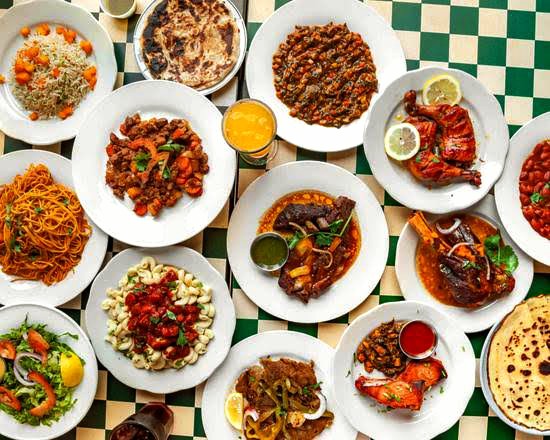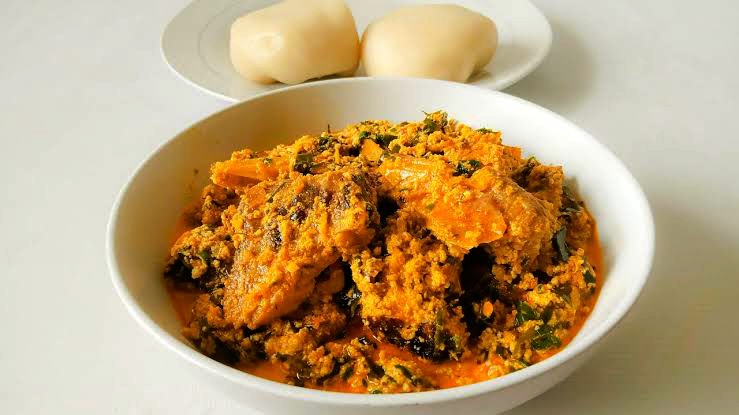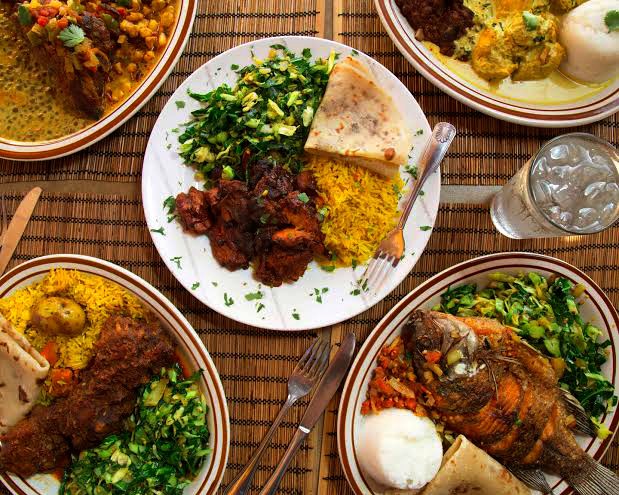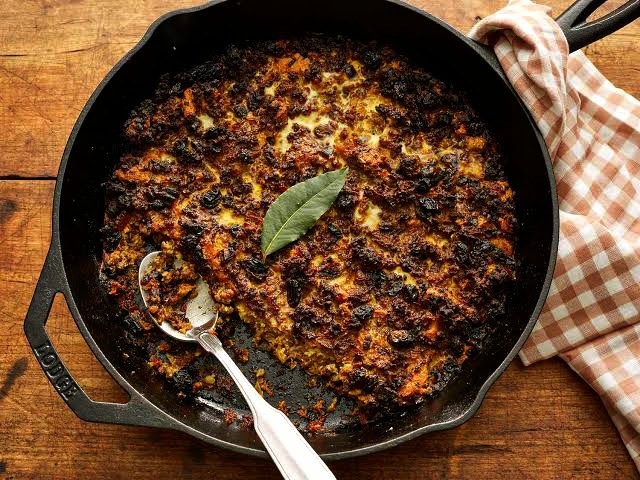
Best African Dishes: Culinary Journey of Special Delicacies

Africa, with its rich cultural diversity and vibrant history, showcases a culinary landscape as varied as its people and traditions. For instance, the savory stews of West Africa and the aromatic spices of North Africa highlight the continent’s abundant resources and culinary ingenuity. This article delves into some of the most celebrated African dishes across the continent, exploring their origins, ingredients, and preparation methods in detail.
African Dishes: North African Delights

North African cuisine uses extensive spices, grains, and legumes, creating dishes that are both flavorful and nutritious.
Couscous

Couscous, the national dish of Morocco, stands as a staple in many North African countries. This dish comprises steamed semolina grains served with a stew made from meat (typically lamb or chicken), vegetables, and a blend of aromatic spices like cumin, coriander, and saffron. Preparing couscous is an art, with the grains meticulously rolled and steamed to achieve a light, fluffy texture.
Tagine – African Dishes

Another Moroccan classic, Tagine, takes its name from the conical clay pot used for cooking. This slow-cooked stew combines meat (commonly lamb, chicken, or beef) with various vegetables, dried fruits, nuts, and an array of spices such as ginger, cinnamon, and turmeric. The unique shape of the tagine pot aids in retaining moisture, resulting in a rich, flavorful dish often served with couscous or bread.
African Dishes: West African Wonders

West African cuisine deeply roots itself in the region’s agricultural bounty, with yams, cassava, plantains, and rice forming the cornerstone of many meals.
Jollof Rice

Arguably the most famous dish from West Africa, Jollof Rice combines rice with tomatoes, onions, and a blend of spices in a one-pot dish. Originating from Senegal, Jollof Rice has numerous regional variations, with each country adding its unique twist. Nigerian Jollof, for example, features a rich, smoky flavor achieved by cooking the rice in a tomato and pepper base.
Egusi Soup – African Dishes

Egusi Soup, a popular Nigerian dish, uses ground melon seeds to create a thick paste. This paste cooks with leafy greens, vegetables, and either meat or fish, resulting in a hearty, nutritious soup. However, the distinct nutty flavor of the egusi seeds makes this dish a favorite among many West Africans.
African Dishes: East African Eateries

East African cuisine reflects the region’s history as a crossroads of trade, showcasing influences from Arab, Indian, and Persian cuisines.
Ugali

Ugali, a staple across East Africa, particularly in Kenya and Tanzania, consists of maize flour (cornmeal) cooked in boiling water until it reaches a dough-like consistency. This dish often accompanies stews, meats, or vegetables, and its mild flavor makes it a versatile complement to a wide range of dishes.
Injera – African Dishes

Injera, a sourdough flatbread from Ethiopia and Eritrea, is a unique and essential component of the region’s cuisine. Made from teff flour, injera has a spongy texture and a slightly tangy taste, resulting from the fermentation process. Also, it is typically used as both a plate and an eating utensil, with various stews (known as wats) and salads piled on top.
African Dishes: Southern African Specialties

Southern African cuisine, also known as Rainbow Cuisine, offers a vibrant mix of indigenous ingredients and cooking techniques influenced by European and Asian settlers.
Bobotie

Bobotie, a quintessential South African dish, features savory baked custard made from minced meat (usually beef or lamb) mixed with curry spices, dried fruits, and nuts, topped with a mixture of milk and eggs. Moreover, this dish reflects the Cape Malay culinary influence and often accompanies yellow rice and chutney.
Bunny Chow – African Dishes

Bunny Chow, a beloved street food that originated from Durban, South Africa, features a hollowed-out loaf of bread filled with curry, typically made from lamb, chicken, or vegetables. Moreover, this dish reflects the Indian influence in South African cuisine, combining the flavors of Indian curry with the local preference for hearty, portable meals.
African Dishes: Central African Classics

Central African cuisine features the use of starchy ingredients, tropical fruits, and a variety of greens.
Poulet Moambe

Poulet Moambe, often considered as the national dish of the Democratic Republic of Congo, showcases chicken cooked in a sauce comprising palm butter (moambe), tomatoes, garlic, and spices. Additionally, this rich and flavorful dish typically accompanies rice, plantains, or cassava.
Ndolé – African Dishes

Ndolé, a traditional Cameroonian dish made from bitter leaves (ndolé) cooked with peanuts, meat, and fish. The combination of the slightly bitter leaves with the creamy peanut sauce creates a complex and satisfying flavor profile. Ndolé is often served with plantains, yams, or rice.
Conclusion

Africa’s culinary heritage showcases diversity as vast as its landscapes and cultures. Indeed, each region presents a unique array of dishes that reflect local ingredients, historical influences, and traditional cooking methods. For example, from the aromatic tagines of North Africa to the hearty stews of West Africa, the vibrant flatbreads of East Africa to the eclectic flavors of Southern Africa, and the rich, savory dishes of Central Africa, African cuisine celebrates flavor, tradition, and innovation. Consequently, exploring these dishes entails embarking on a journey through the rich tapestry of Africa’s culinary heritage, discovering the stories and traditions that define each dish.
Click here for more on African Dishes
Related Topics
Africa: African Culture and Beliefs
Embrace a Braces-Friendly Menu: Foods to Enjoy and Foods to Avoid
Mastering Diabetes: Nourishing Low-Carb Recipes for Balanced Living
Navigating a Holistic Path with Olive Oil, Full-Fat Dairy and Lean Proteins
Customer Outraged After Shocking Breakfast Bill
Medical Experts Express Concerns Over Milky Doughnuts: Potential Health Risks Highlighted
Unlocking Wellness: The Impact of Plant-Based Nutrition on Weight Loss and Overall Health
Nourishing the Soul and Sustaining the Body: A Comprehensive Guide to Healthy Eating During Ramadan


